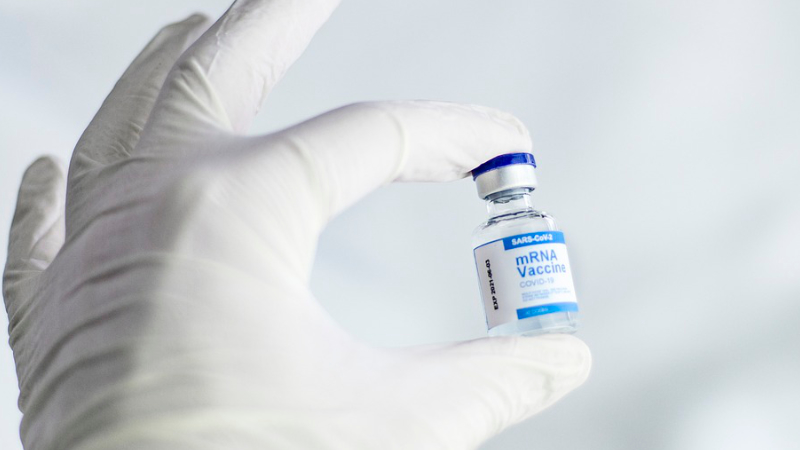
Further Improving Vaccine Safety: The Role of Vasoconstrictors in mRNA Vaccine Preparation
In the midst of the COVID-19 pandemic, the development and deployment of mRNA vaccines have been hailed as a triumph of modern medicine. These groundbreaking vaccines offer unprecedented levels of efficacy against the virus, paving the way for a return to normalcy. However, concerns have emerged regarding the safety profile of mRNA vaccines, particularly with regards to the risk of adverse effects such as myocarditis. In this blog, we delve into an innovative approach to enhance the safety and efficacy of mRNA vaccines: the incorporation of vasoconstrictors during vaccine preparation.
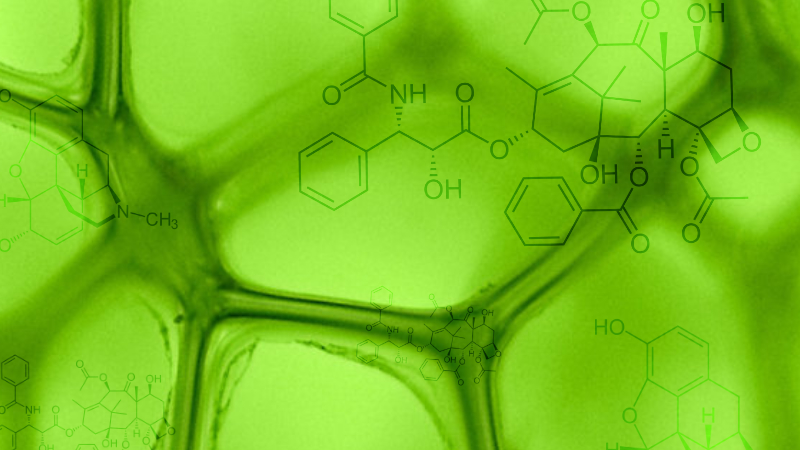
Next-Generation Medicines: The Promise of Plant Cell-Based Alkaloid Production
In the vast landscape of pharmaceuticals, plant-derived compounds, also called alkaloids, have long held a significant place. Many of them are first choice medicines to treat cancer, pain, malaria, and dementia. Production of these essential compounds by large still relies on field-grown plant material and chemical extraction. The lack of alternative production platforms makes supply chains of alkaloid-based medication vulnerable and dependent on environmental and socio-economic factors. To overcome current limitations, acib is in the forefront to develop a scalable, bioreactor-based technology to produce high-value plant alkaloids through a plant cell-based technology. Therefore, we are looking for partners to join our forces to revolutionize the production of plant alkaloids.
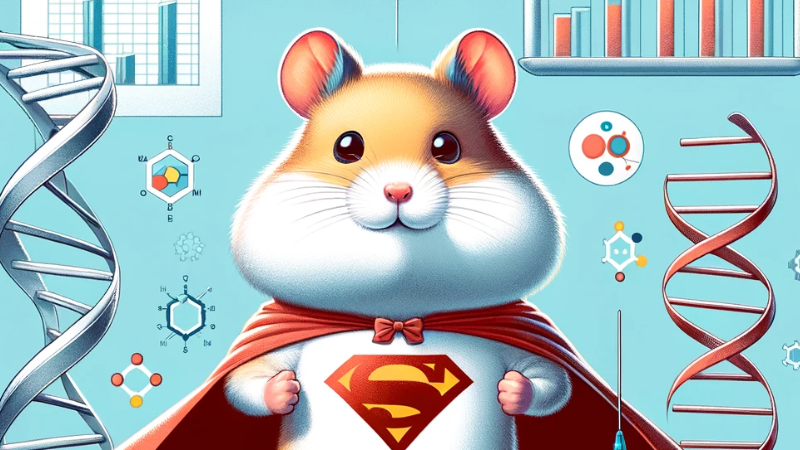
Decoding the Cellular Symphony: The Marvels of CHO-Cell Technology in Biopharmaceuticals
In the vast realm of biopharmaceuticals, where science meets innovation, a microscopic hero has emerged—Chinese Hamster Ovary (CHO) cells. These unassuming cells have become the unsung champions of our quest for groundbreaking therapies, weaving a tale of genetic intricacies and technological triumphs.

Wastewater: On the trail of the Evolving COVID-19 Variants
Even as we approach the end of 2023, the COVID-19 pandemic, which once seemed like a narrative out of a science fiction tale, continues to evolve. Austria, having lifted all COVID-19 restrictions, now faces the challenge of monitoring the virus’s ever-changing landscape. The persistence of COVID-19 is evident in the ongoing circulation of Omicron subvariants like EG.5 and BA.2.86, which are currently prevalent across Europe.
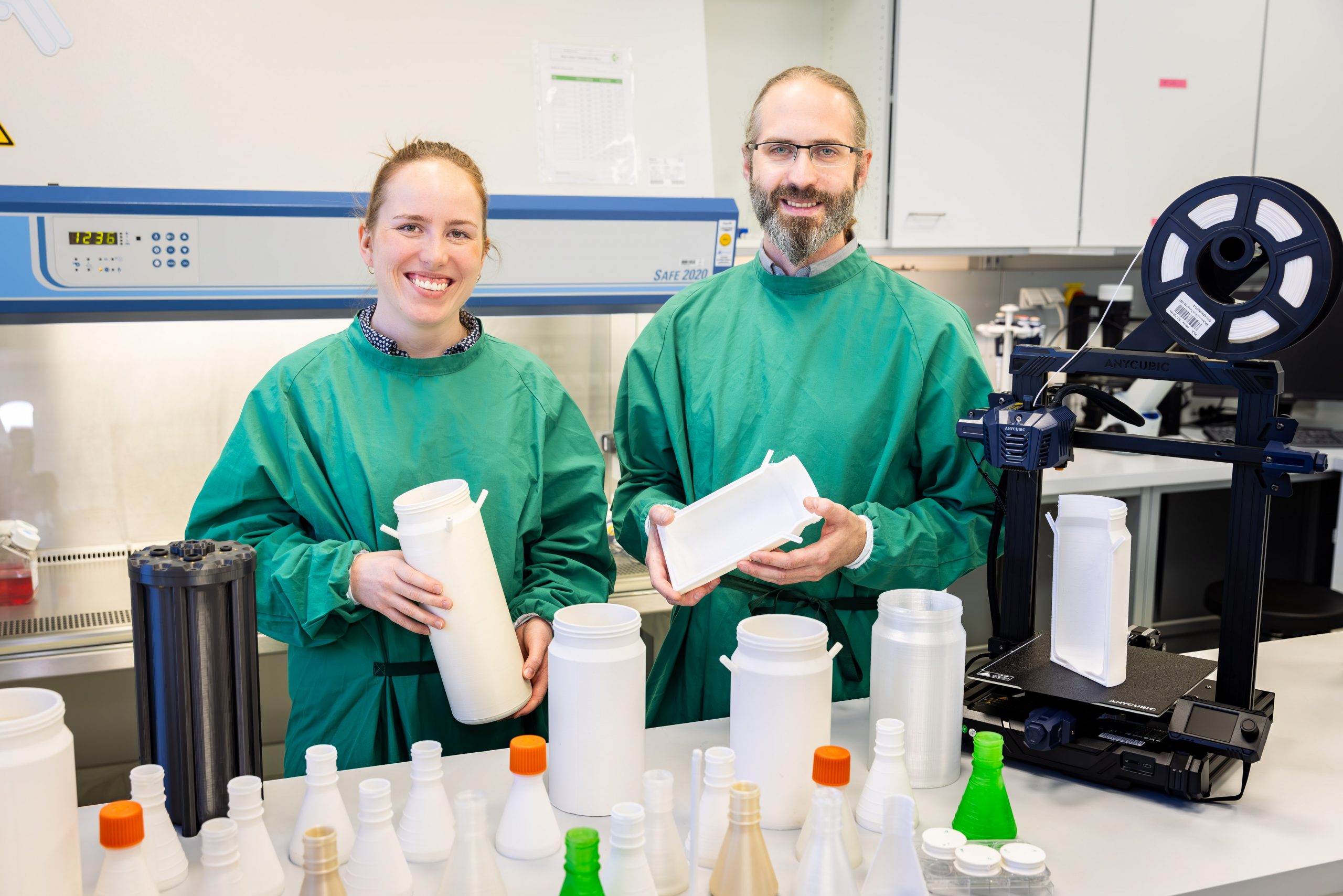
Sterile laboratory equipment from the 3D printer
Viennese acib and BOKU researchers are developing a sterile 3D printing process that can be used to produce laboratory equipment from environmentally friendly and biodegradable plastic. This could avoid several million tons of single-use plastic waste and reduce resource, energy and water consumption by up to 90 percent.
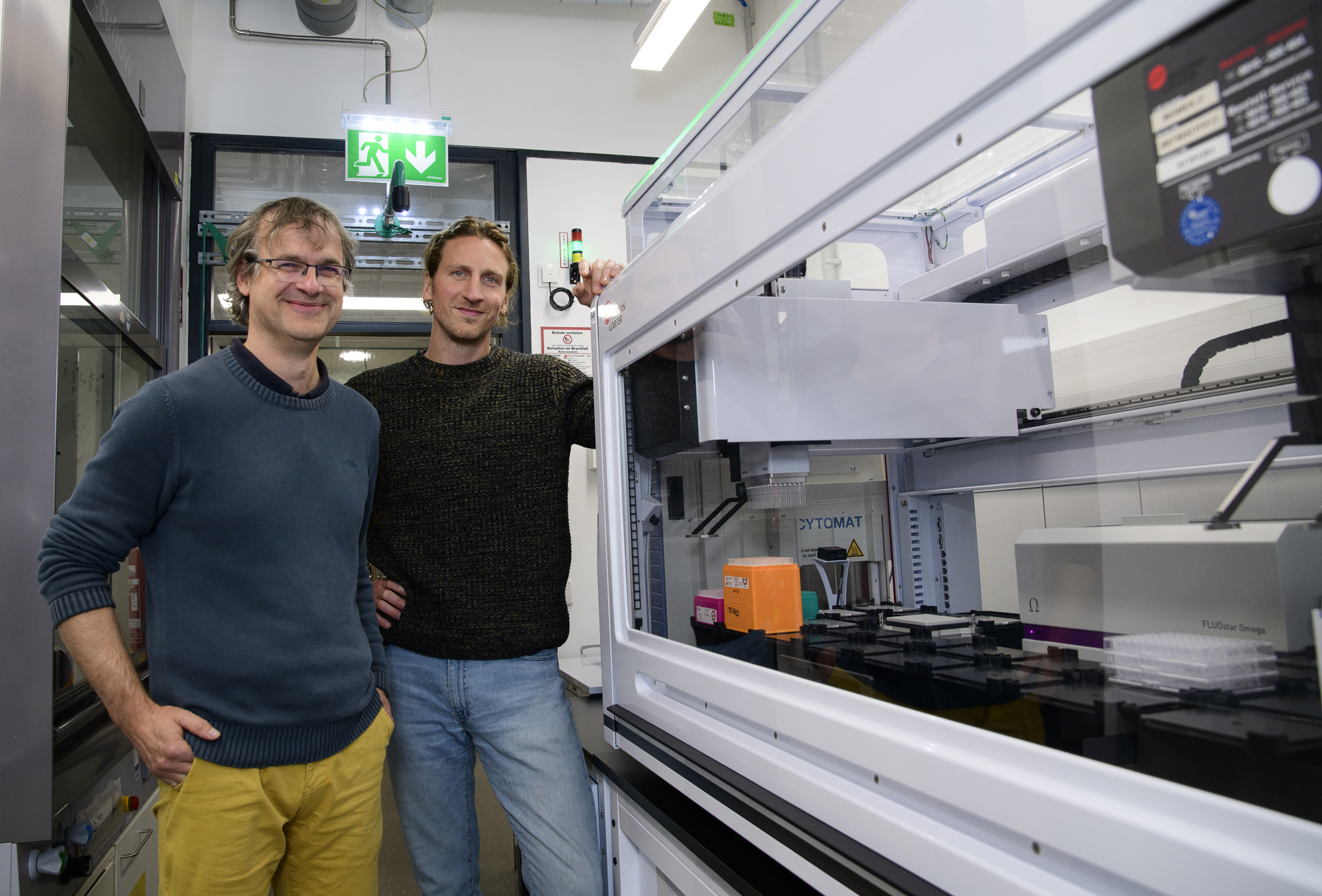
Environmentally friendly and faster drug production
Researchers have found a way to make the industrial production of pharmaceuticals, as well as flavorings and biopolymers, more environmentally friendly: Unlike chemical processes that use toxic heavy metals, the new biocatalytic synthesis pathway uses natural enzymes as reaction accelerators. In combination with an innovative enzyme search and screening process, the products can be manufactured faster and much more cost-effectively than before. The process has already been launched on the market: The bisy company is now using the new method to search for new enzymes for customers worldwide.
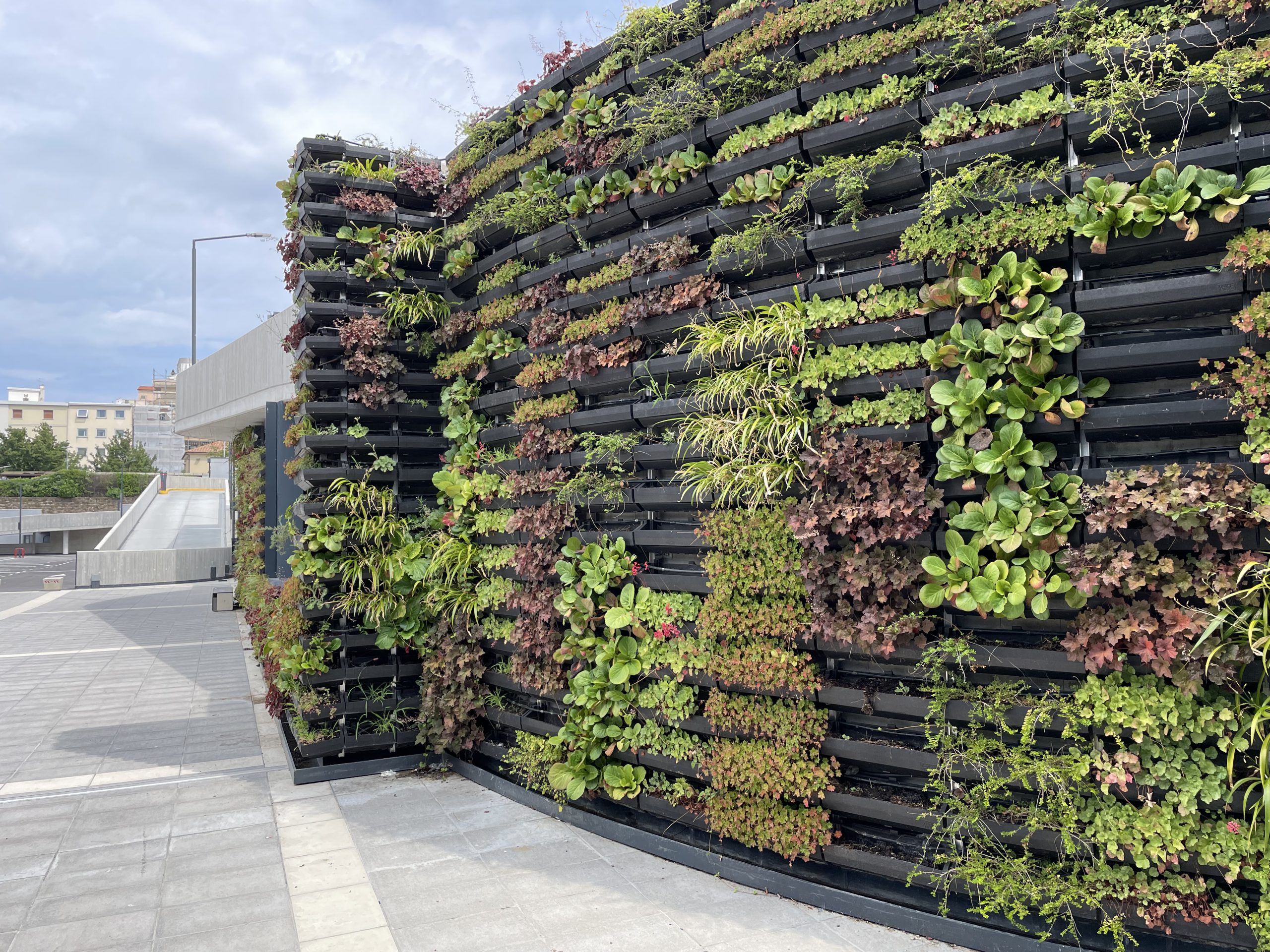
Biotech meets architecture
As technology advances and our understanding of biological systems deepens, the integration of biotechnology into architecture is likely to lead to even more innovative and sustainable solutions for buildings, gardens, and city districts. The intersection of biotechnology and architecture opens up innovative opportunities for creating sustainable, efficient, and aesthetically pleasing built environments. acib looks at several ways biotechnology can be integrated into architecture.

PhD Career Stories: Business Development
Martin Trinker, our Director of Business Development was invited to a podcast episode of PhD Career Stories. Enjoy listening!

Unveiling Agnotology: Empowering Informed Societies
In the digital age, where information floods our screens, the rise of agnotology has darkened the pursuit of truth. Agnotology, a term coined by Robert N. Proctor1, refers to both, the study of culturally induced ignorance and the deliberate spread of misinformation to create confusion and doubt2.

Von Holz zu Biokunststoff
Im Rahmen eines Praktikums durften wir (drei Schüler der Forstschule Bruck) an der TU Graz bzw. beim acib (Austrian Centre of Industrial Biotechnology) den Weg vom Holz zum Biokunststoff im Rahmen unserer Diplomarbeit erforschen.

Biobased and biodegradable plastics for safer, more sustainable products
As part of the EU project BIO-PLASTICS EUROPE, 22 scientific and industrial project partners from 13 countries are working on sustainable solutions for the production of biobased and biodegradable plastics to bring sustainable and safe products to market – from reusable cutlery and toys to packaging and agricultural products.

A laundry machine for viral vaccines
A purification process for vaccines produced via a measles vector platform will soon lead to a more flexible, reproductive and economic process contributing to the faster development and production of vaccines.
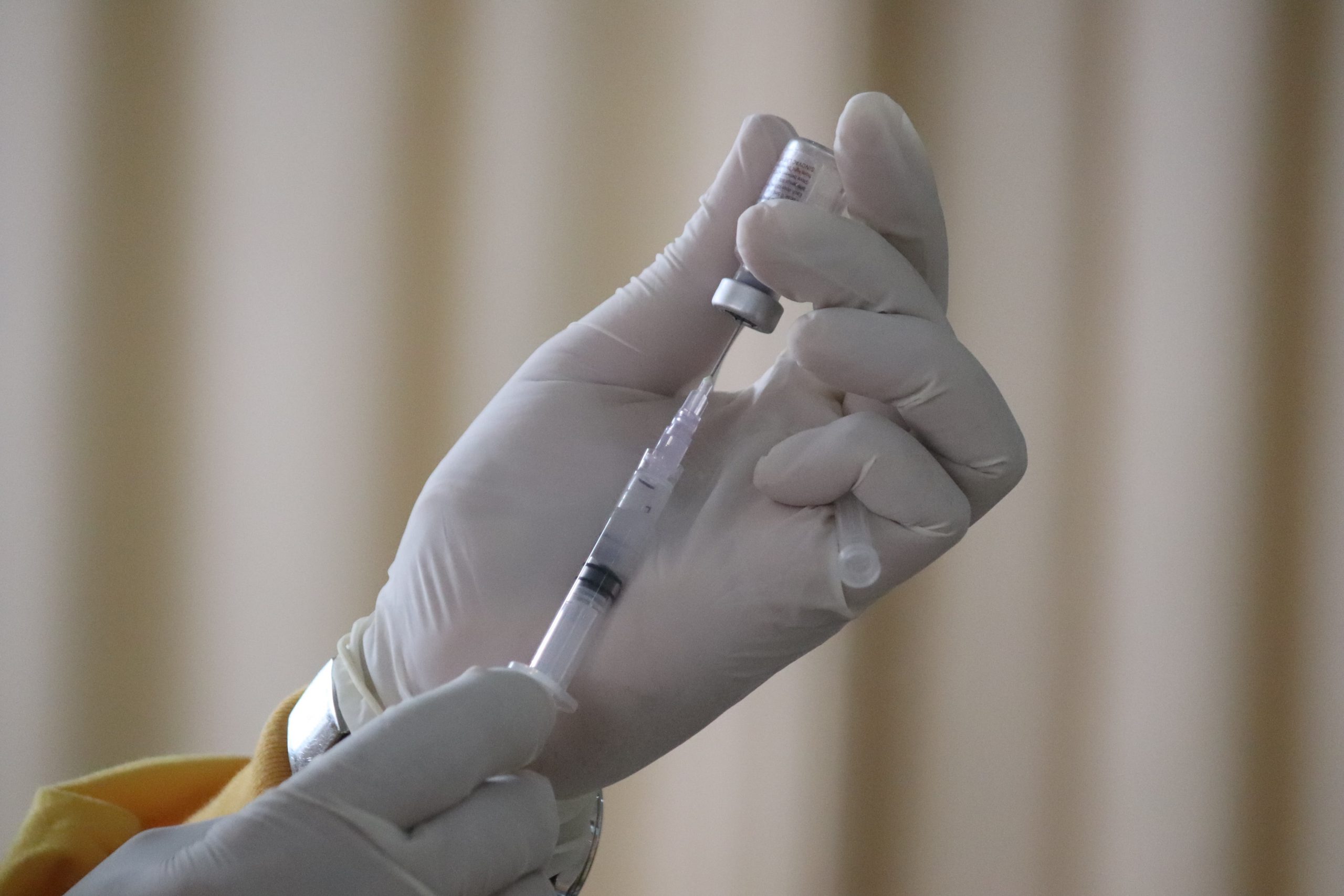
Beyond the shot: Biocatalysis unlocks sustainable pseudouridine production for mRNA vaccines
mRNA vaccines gained widespread notoriety for their revolutionary power in combating the Corona pandemic. But behind the scenes, a silent hero called pseudouridine plays a crucial role in maximising their efficacy and safety. Pseudouridine, a modified RNA building block, has the remarkable ability to increase RNA stability and fine-tune immune responses, making it a valued component in the world of mRNA therapeutics. However, with the increasing demand for these breakthrough vaccines, the question arises: how can we produce pseudouridine sustainably without compromising efficiency or environmental impact?

How biotech tools help to fight climate change
The recent climate change is caused by greenhouse gases absorbing some of the heat that the Earth radiates after it warms from sunlight, thus trapping this heat in Earth’s lower atmosphere, causing global warming. There are many approaches to reduce this phenomenon. acib as the leading institute of industrial biotechnology developed several biotech tools for that very purpose.

CELL | PARCEL
Sustainable spatial solutions today, especially in urban planning and urban research, must consider and incorporate the background of challenges such as climate, energy, technology, and society. A new interdisciplinary project named CELL | PARCEL combines architecture and biotechnology with the question of how future spaces can be made more resilient to these challenges – and attractive and livable at the same time.

Repairing spinal cord injuries with nanotechnology
A Europe-wide project named “Piezo4Spine” sets the high goal of developing a novel therapy against spinal cord injuries (SCI). Based on the latest findings in materials science, regenerative medicine and nanotechnology, research is being conducted on a 3D-theramesh equipped with bioactive nanocarriers that delivers therapeutic agents to the site of the lesion through electrical stimulation. These bioactive ingredients activate the neuronal regeneration processes after an SCI has occurred. If successful, this technology could be useful in the future for pathologies such as Alzheimer’s or Parkinson’s disease, among others.
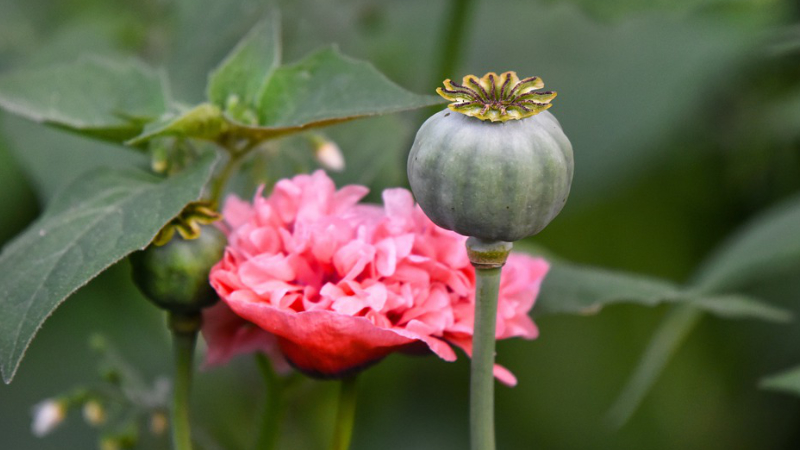
Enabling Alkaloid production in engineered poppy cells
Opiate alkaloids such as morphine and codeine are important pharmaceutical ingredients used to treat severe pain. Morphine is even classified as an essential medicine by the World Health Organization (WHO). Opiate-based medications are crucial to provide normal life for patients who need long-term pain management due to living with terminal cancer, sickle cell disease, COPD- related dyspnea, (etc.). Unfortunately, morphine is practically unavailable in low- and middle-income countries leaving patients in suffering.

Microalgae polymers instead of synthetic ones – a greener future for skin care
Petrochemical synthetic-based polymers are still everywhere in our daily lives, despite strict regulations and general awareness of their long-term risks to the environment and human health. This is especially true of the numerous cosmetics and personal care products that we apply to our skin every day, and which can cause skin problems, allergies, hormonal changes, and even lead to cancer with prolonged use!

CO2: Feedstock of the future bioprocesses
Carbon serves as the building block of life, as well as the goods and products we use every day. We consume fossil fuels and use carbon to make plastic and a variety of other products. Life as we know it today would not be possible without it. Therefore, carbon balance is crucial to have a sustainable world and future. In this context, CO2 balance is of particular interest because the rising atmospheric CO2 concentrations due to human activities is the main trigger for global warming, which in turn leads to a climate crisis that affects the global health, economy, and future of our planet.

Biotechnological yeast instead of crude oil – the way to renewable plastics
Viennese researchers from the Austrian Centre of Industrial Biotechnology (acib) and BOKU Vienna found a way to use the harmful greenhouse gas CO2 as a raw material for the production of industrial products such as bioplastics, absorbents or important chemicals with the help of an optimized yeast, thus binding it into durable materials. The technology, which is still on a laboratory scale, is not only climate-neutral, but could also make a contribution to the fight against climate change in the future.

MOOC “The new plastics economy: circular business models and sustainability”
The MOOC “The new plastics economy: circular business models and sustainability”, realized within the Horizon 2020 BIO-PLASTICS EUROPE project
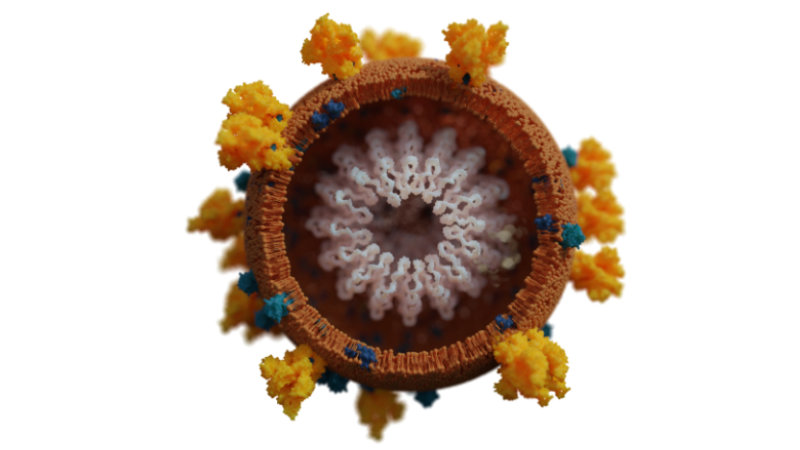
Pinpoint accuracy: Graz researchers develop technology for precise assessment of the danger of viral variants
One of the greatest difficulties in combating viral infectious diseases is the excellent adaptability of viruses. Especially with of SARS-CoV-2 new variants are quickly and constantly forming, bringing different properties with them. That’s why it’s important that in the future it will be crucial to predict more quickly and precisely how dangerous a virus can become.

“Smart-factories” for continuous downstream processing of antibodies
Antibodies are an important part of our immune system and work by recognizing potential hazards entering the body, such as bacteria and viruses, and activating an immune response if necessary. Antibodies that are produced in the laboratory, so called monoclonal antibodies, are widely used in modern medicine for diagnostics as well as for treating infections and some types of cancer, e.g. breast cancer.

Emerging Technologies on Biocatalysis
The climate crisis is on everyone’s lips! The chemical industry plays an important role in finding more efficient measures for industrial production processes. Most recently, the Ukraine crisis has also caused that quick solutions are urgently needed for independence from fossil resources. In this context, the keyword “green chemistry” quickly comes to our mind.

The environmental and economic impact of enzymatic plastic recycling
Despite being a promising technology, enzymatic plastic recycling is still in the development phase. This means that it is not yet clear whether this recycling method will have the required characteristics for effectively replace traditional mechanical methods or even complement them. In fact, in order to be successful on the market, a technology needs to be economically viable in the first place and secondly its environmental footprint needs to be significantly lower compared to the state-of-the-art. Techno-economic and life cycle assessments are the tools used both in academia and industry precisely to evaluate the performance of new technologies like the one we are developing at Enzycle.

Fermenting Futures: A recap on “Yeast technology meets art”
The art exhibition “Fermenting Futures” at Künstlerhaus Wien came to an end and it’s time to recap and draw conclusions on the impressions left with the audience. After all, the goal of the event was to emphasize on the importance of yeast in modern biotechnology and highlight on how tightly entangled the history of humankind and this unicellular organism used to be, but most importantly how it continues to be.
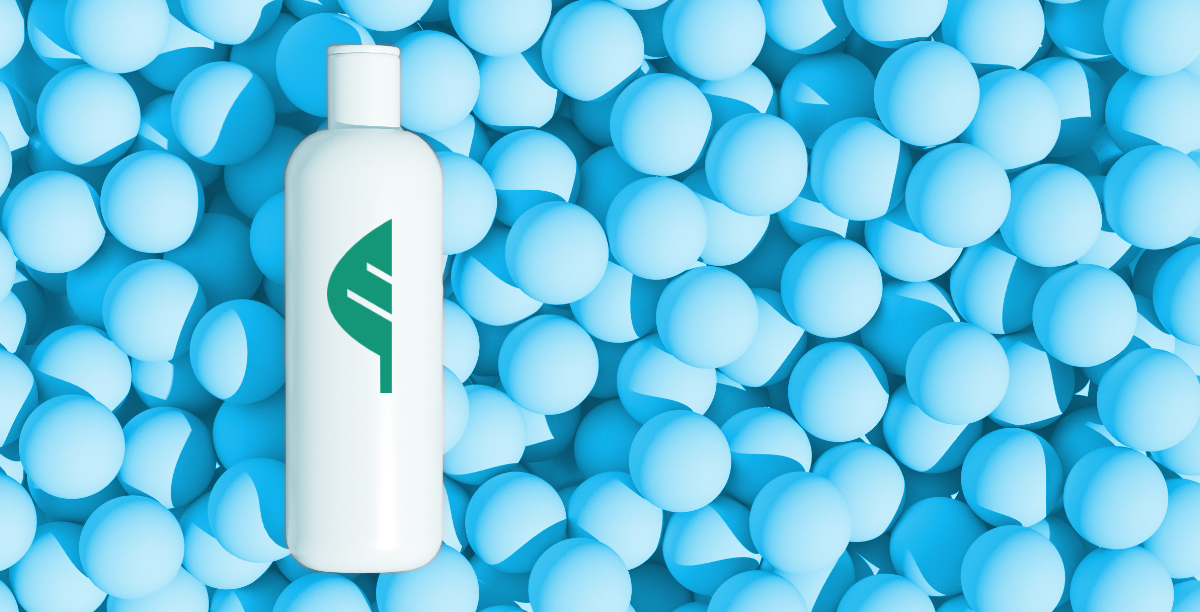
Bionanopolys goes Austria!
Anfang April lud acib zum österreichischen Stakeholderevent aus dem Open Innovation Test-Bed (OITB) Projekt Bionanopolys ein. acib ist Mitglied in diesem 27 Partner starken Projektkonsortium, das sich mit der Entwicklung von bio-basierten Nanomaterialen beschäftigt.

Food for Climate
What does food have to do with climate change? Quite a lot, because as population density increases, so does the demand for food. At the same time, resources are being consumed, posing even greater challenges to our environment and climate. With its “Food 2030” priority, the European Union is pursuing the goal of ensuring innovative research for the future viability of our food system. Within the framework of its research program, acib GmbH already contributes to the development of suitable solutions for sustainable and healthy nutrition.
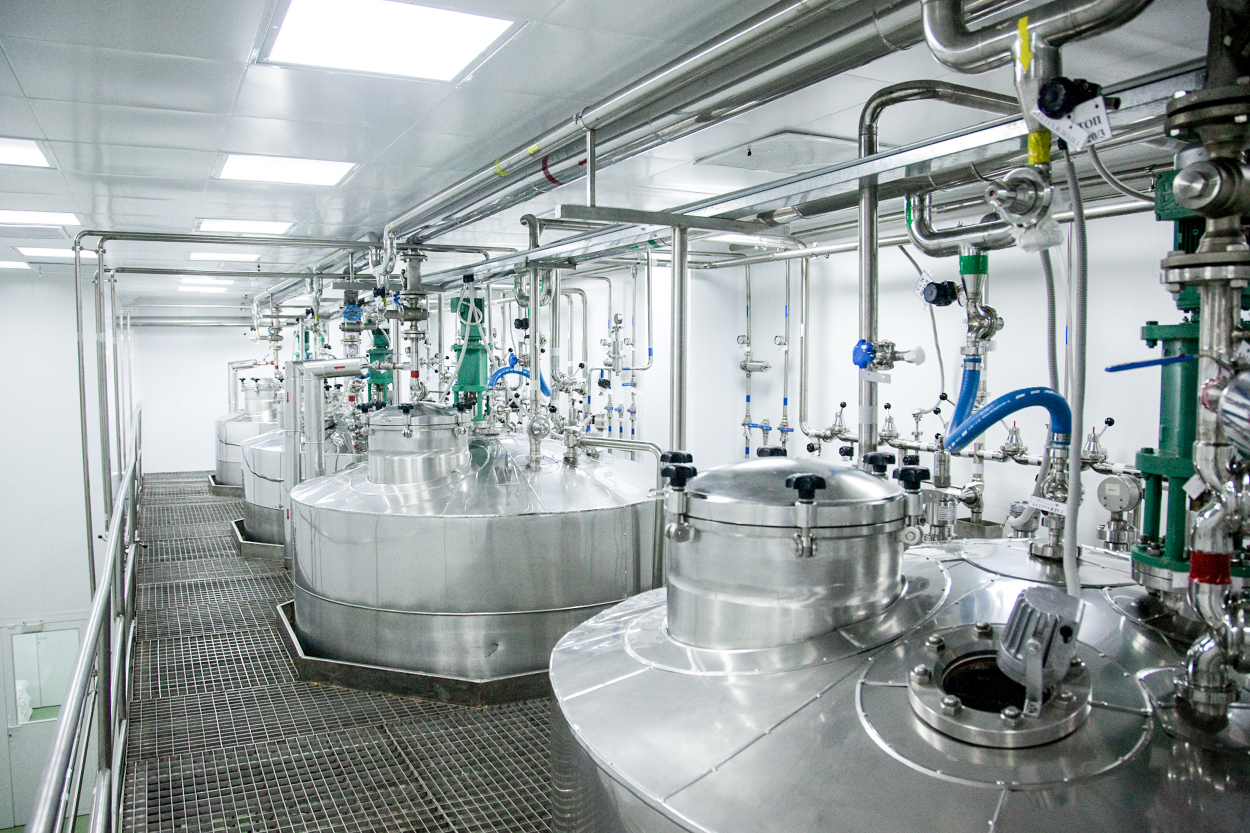
Continuous downstream production of polyhydroxyalkanoates, a family of biodegradable plastics
Plastic materials are products of our daily life. Their various properties make them useful in many fields, such as packaging industry. Since the emergence of the Green Chemistry and Life Cycle Assessment (LCA) concepts, many scientists have decided to engage in the development of greener chemistry to produce greener plastics. Among these, polyhydroxyalkanoates (PHA) are a very serious avenue of research.
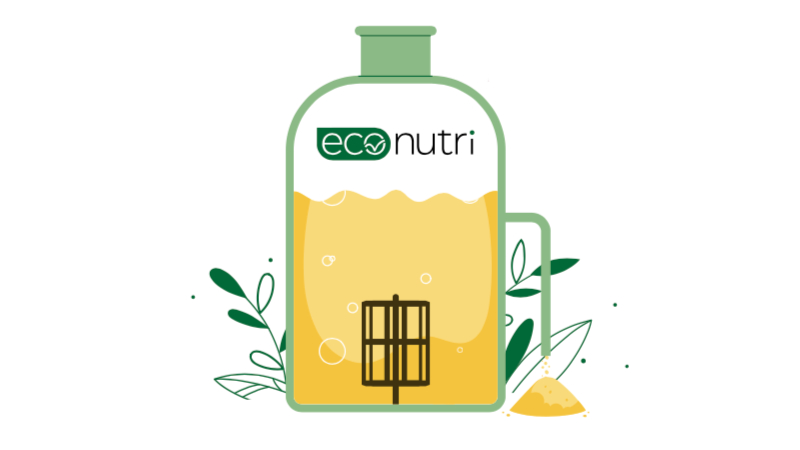
Econutri: CO2 for proteins
What if you could produce something valuable out of the pesky greenhouse gases?
What if you could even use them to tackle important global challenges? This is exactly the mission of acib’s spin-off company Econutri.
The small company has developed a bioprocess that uses carbon dioxide as a source to produce high quality protein. A crucial part of this process is the microorganism, Cupriavidus necator: it is grown in a gas fermentation process where hydrogen produced from green energy is needed for the microbial transformation of CO2 into protein.